Plus, Tuberculosis helped shape the world as we know it.
Category: space – Page 103
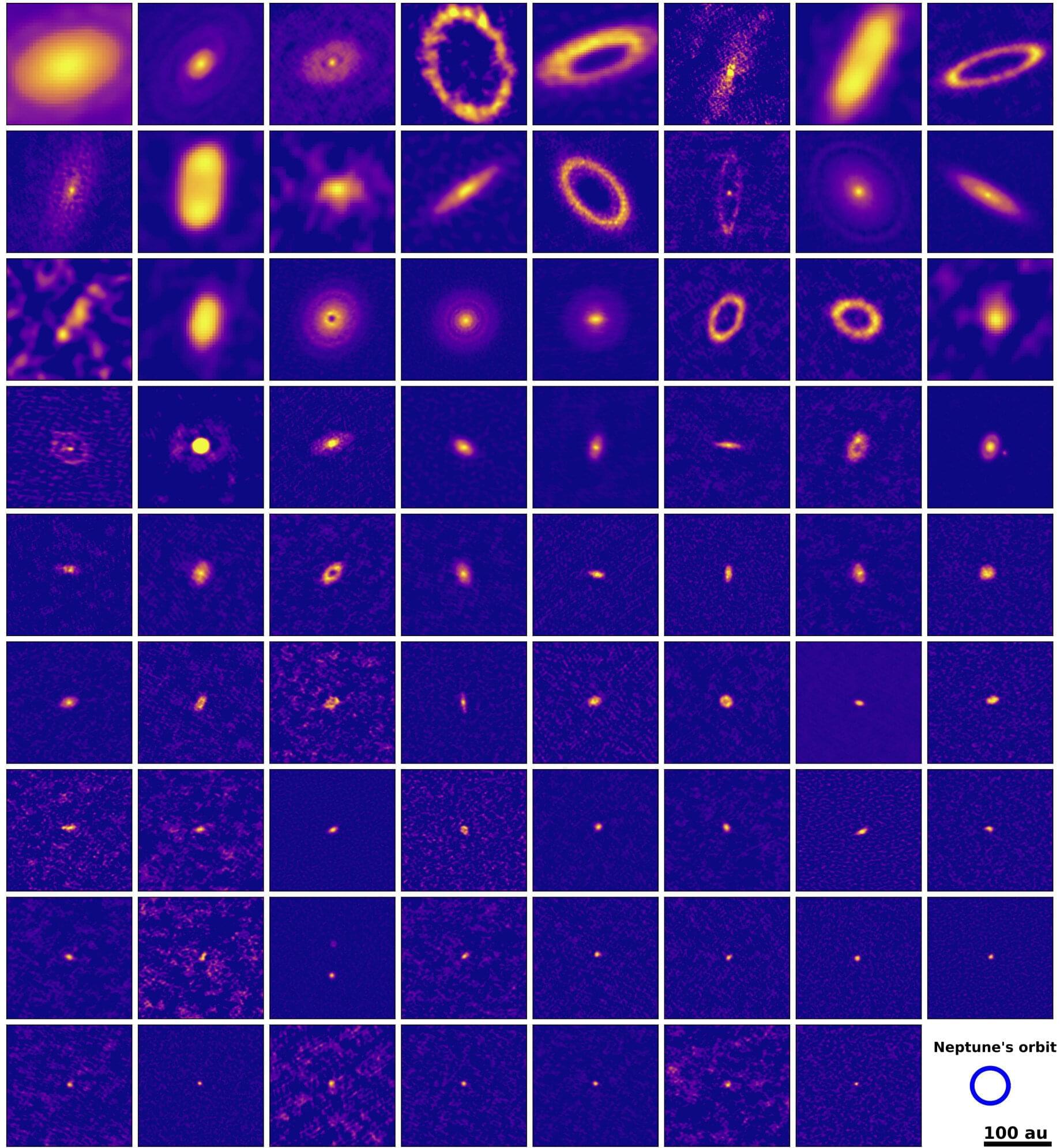
Protoplanetary disks are much smaller than previously thought, new study finds
Many protoplanetary disks in which new planets are formed are much smaller than thought. Using the Atacama Large Millimeter/submillimeter Array (ALMA) scientists of the Leiden Observatory (the Netherlands) looked at 73 protoplanetary disks in the Lupus region. They found that many young stars host modest disks of gas and dust, some as small as 1.2 astronomical units. The research, accepted for publication in Astronomy & Astrophysics, establishes an important link between observed protoplanetary disks and exoplanets.
In the past decade, astronomers have imaged hundreds of protoplanetary disks around young stars using powerful radio telescopes on Earth, like ALMA. When compared to the size of our own solar system, many of these disks extend far beyond the orbit of Neptune, our outermost planet. Furthermore, most of the disks show gaps where giant planets are thought to be formed. Research of Ph.D. candidate Osmar M. Guerra-Alvarado, postdoc Mariana B. Sanchez and assistant professor Nienke van der Marel of the Leiden Observatory now show that these disks might not be typical.
Using ALMA, the researchers imaged all known protoplanetary disks around young stars in Lupus, a star-forming region located about 400 light years from Earth in the southern constellation Lupus. The survey reveals that two-thirds of the 73 disks are small, with an average radius of six astronomical units. This is about the orbit of Jupiter. The smallest disk found was only 0.6 astronomical units in radius, smaller than the orbit of Earth.
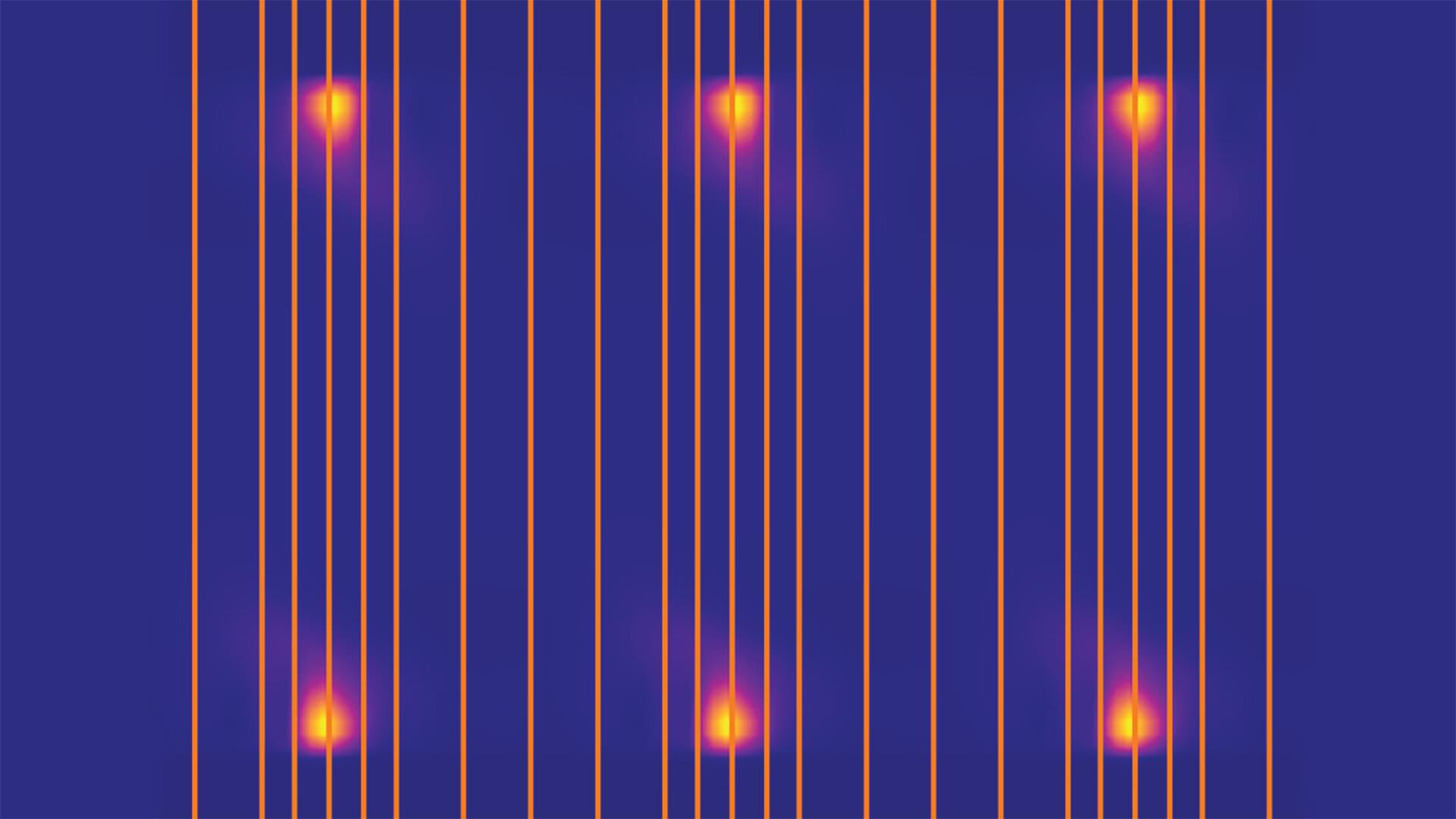
Simulations show six valves provide ideal setup for rapidly dispersing cooling gas
When the plasma inside a fusion system starts to misbehave, it needs to be quickly cooled to prevent damage to the device. Researchers at Commonwealth Fusion Systems believe the best bet is a massive gas injection: essentially, a well-timed, rapid blast of cooling gas inside their fusion system, which is known as SPARC.
But how many gas valves does it take to quickly tame a plasma that is hotter than the sun? The team has to strike the perfect balance: with too few valves, some parts of SPARC might overheat. With too many, valuable space inside the vessel would be wasted.
To answer this question, researchers turned to a computer code known as M3D-C1, which is developed and maintained by scientists at the U.S. Department of Energy’s (DOE) Princeton Plasma Physics Laboratory (PPPL). The code was used to model different valve configurations, and the results show that spacing six gas valves around the fusion vessel, with three on the top and three on the bottom, provides optimal protection.
NASA’s Parker Solar Probe: The Fastest Spacecraft Ever Just Skimmed the Sun at 430,000 MPH
NASA’s Parker Solar Probe just screamed past the Sun for the 23rd time, once again matching its own records for closest approach and fastest human-made object. Zooming through space at 430,000 mph and skimming just 3.8 million miles from the solar surface, the probe is in perfect health and sendi
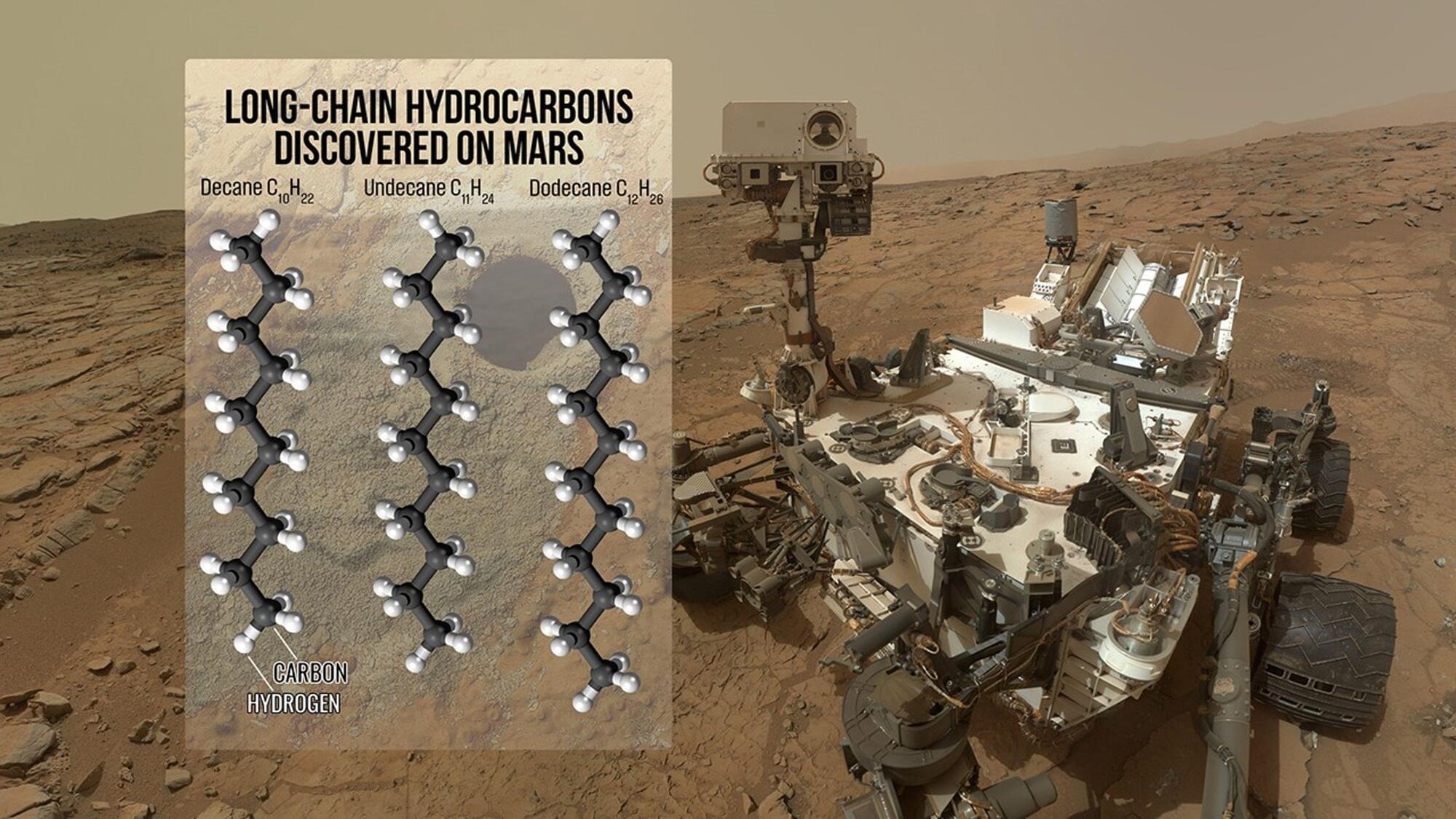
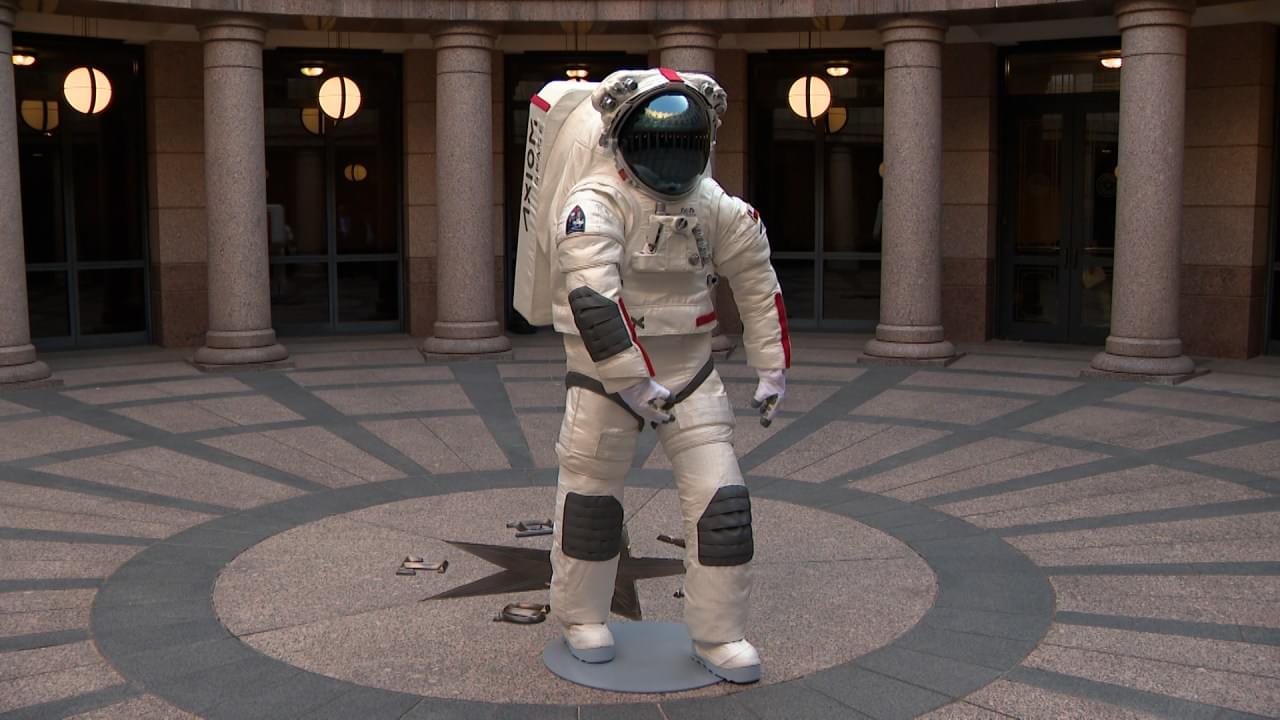
Scientists Say the Universe is ALIVE?
The universe is so similar to our brain that it could be conscious. In this video, we talk about how we might be just tiny echoes of a larger cosmic mind.
- Sources:
https://scienceexchange.caltech.edu/topics/quantum-science-e…tanglement.
https://link.springer.com/chapter/10.1007/978-3-642-20253-7_2
https://www.psychologytoday.com/us/blog/the-new-science-cons…sciousness.
Do atoms going through a double slit ‘know’ if they are being observed?
https://www.sciencealert.com/quantum-entanglement-has-now-be…opic-scale.
https://www.scientificamerican.com/article/is-consciousness-…universe1/
WATCH ANOTHER VIDEO: Are We Part of a Larger Cosmic Structure?
CHECK OUT OUR MERCH: https://www.cosmoknowledge.com.
You are welcome to support us so we can create more quality content:
https://www.buymeacoffee.com/cosmoknowledge.
Join this channel to get access to the perks:
https://www.youtube.com/channel/UCdgpfQ5snGKcP-eqoVXI0pw/join.
SUBSCRIBE ► https://goo.gl/PLLFPz.
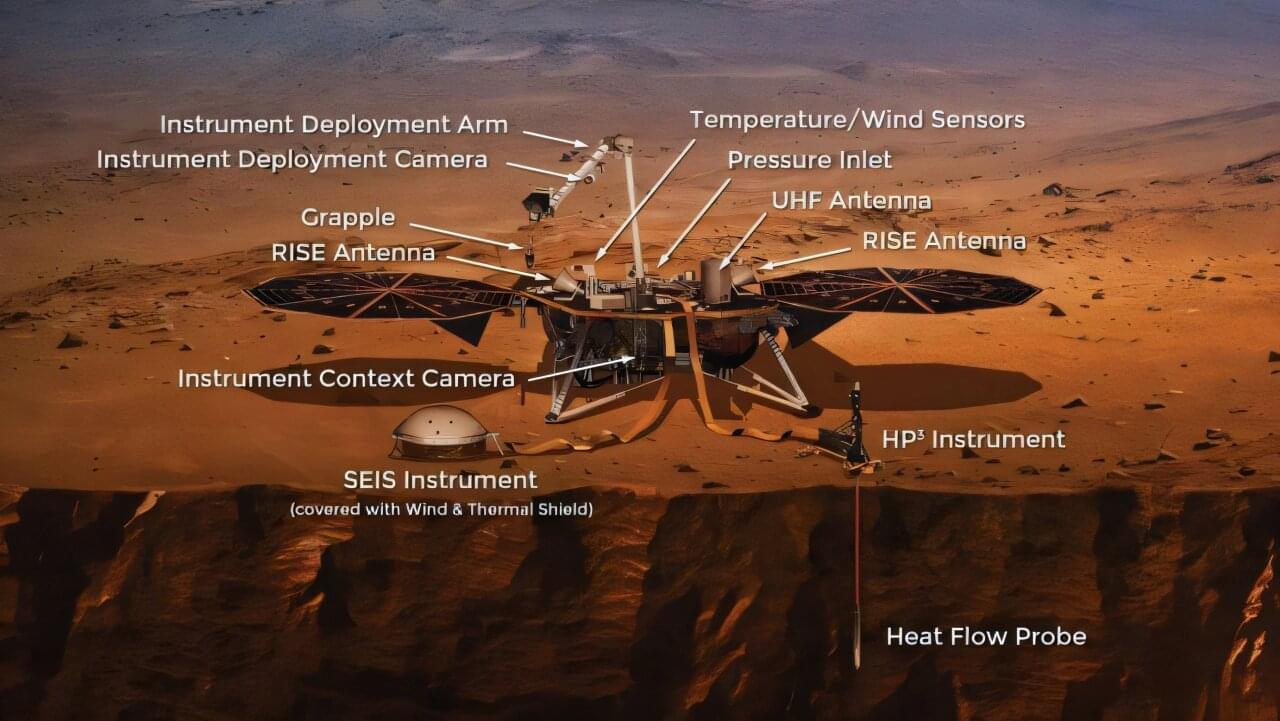
Seismic clues from Marsquakes suggest liquid water and life potential beneath the surface
Are subterranean lifeforms viable on Mars? A new interpretation of Martian seismic data by scientists Ikuo Katayama of Hiroshima University and Yuya Akamatsu of Research Institute for Marine Geodynamics suggests the presence of water below the surface of Mars. “If liquid water exists on Mars,” Katayama says, “the presence of microbial activity” is possible.
This analysis is based on seismic data from SEIS (Seismic Experiment for the Interior Structure), deployed from NASA’s InSight lander that landed on Mars in 2018. This robotic lander is unique because it was able to use its robotic arm to place a seismometer on the surface of Mars. The SEIS instrument, which contains the seismometer, uses the seismic waves naturally generated on Mars from Marsquakes or meteorite impacts to scan the planet’s interior.
When a Marsquake or meteorite impact occurs on Mars, SEIS can read the energy emitted as P-waves, S-waves, and surface waves to create an image of the planet’s interior.
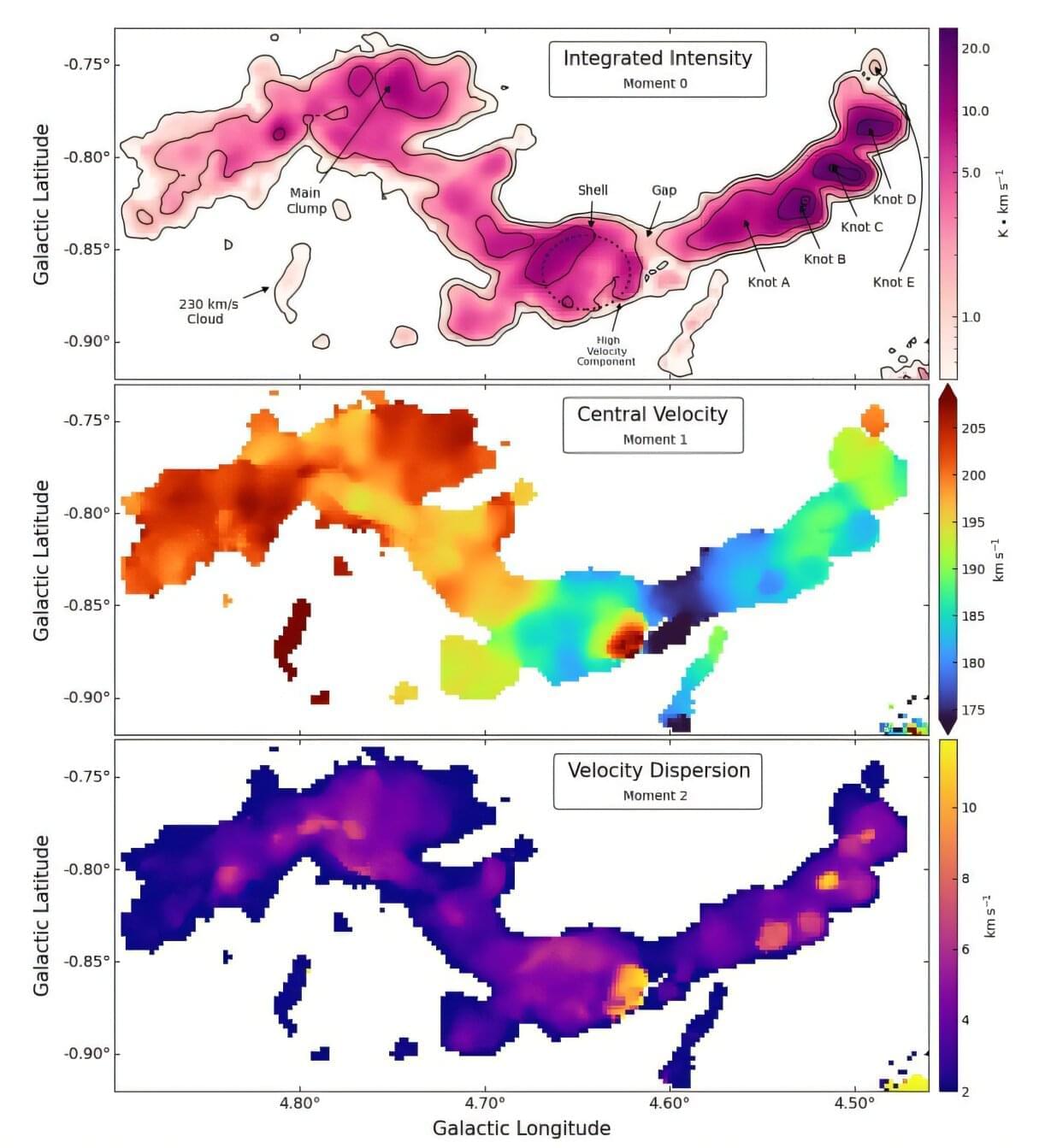
Astronomers discover new giant molecular cloud in the Milky Way
Using the Green Bank Telescope (GBT), astronomers have detected a new giant molecular cloud in the Milky Way galaxy. The newfound cloud has a size of nearly 200 light years and its mass is estimated to be some 160,000 solar masses. The finding was reported in a paper published March 18 on the arXiv preprint server.
Molecular clouds are huge complexes of interstellar gas and dust left over from the formation of galaxies, composed mostly of molecular hydrogen. Molecular clouds with masses greater than 100,000 solar masses are called giant molecular clouds (GMCs). In general, GMCs are 15–600 light years in diameter and are the coldest and densest parts of the interstellar medium.
GMCs are gas reservoirs where most star formation takes place. Therefore, studying their lifecycle and characteristics is crucial to advancing our knowledge about the formation and evolution of galaxies.

Might the proton decay in other places or at other times?
Does the proton decay? While this was a famous prediction of Grand Unified Theories (GUTS) developed in the 1970s and 1980s, experimentalists have ruled it out—or rather, put lower limits on its mean lifetime of about 1034 years. That’s 20 orders of magnitude greater than the age of the universe.
But two physicists have been wondering: Could the lifetime be different in other places and at other times? Could the proton have decayed faster in the past? Could it decay faster somewhere else in the universe? They have reimagined some physics processes assuming the proton does decay and calculated possible lifetimes of around 1018 years. That’s only eight orders of magnitude beyond the universe’s lifetime. Their work was recently published in Physical Review D.
“People had previously asked various questions of the type, ‘Are the fundamental physics parameters measured on the Earth the same elsewhere in the universe?’” said Peter Denton, a co-author at Brookhaven National Laboratory on Long Island, New York in the U.S. “One case that hadn’t been investigated was the stability of the proton. Earth experiments show that the proton is incredibly stable, but those only apply here, in our part of the galaxy, and now, over the last several decades. What if proton decay depended on time or space?”